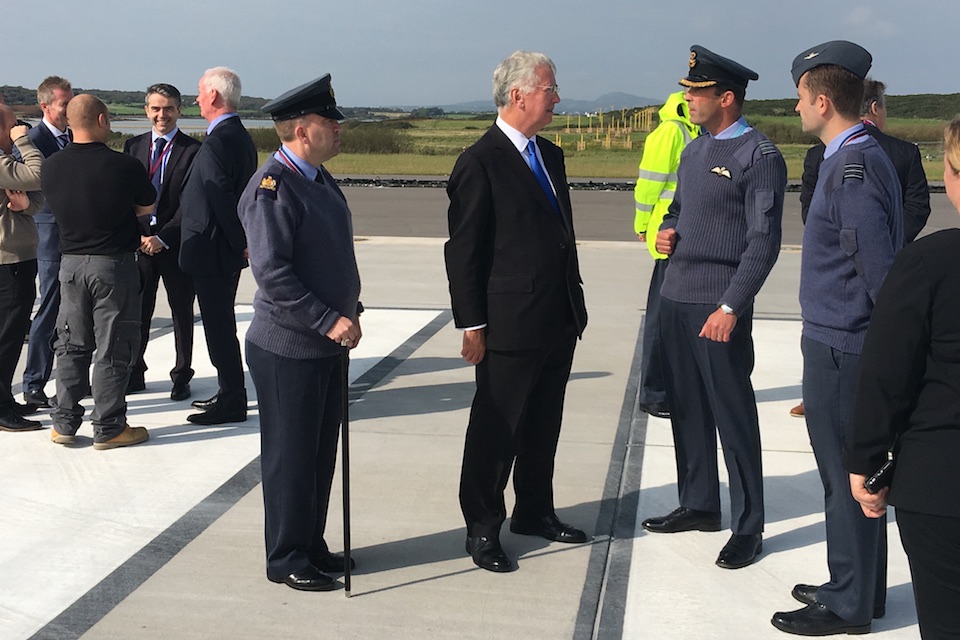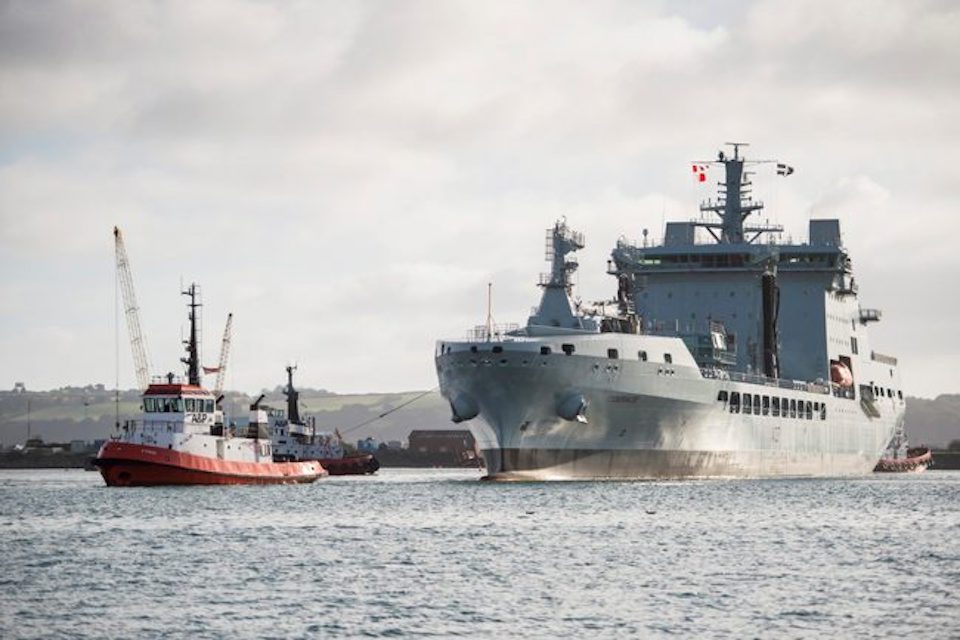Third anniversary of operations against Da’esh
The Royal Air Force has marked the third anniversary of the first UK airstrikes against Da’esh by continuing operations against the false caliphate.
Daesh fighters are being pinned down by the RAF in their former stronghold of Raqqah as the UK marks three years of operations against the barbaric cult in Iraq and Syria.

Defence Secretary, Sir Michael Fallon, said:
“British forces have crippled Daesh since 2014, forcing this miserable cult from the gates of Baghdad to the brink of defeat in Raqqah. By air, land and sea UK personnel have played a tireless role in striking targets and training allies, demonstrating that our values will not be compromised at any price.”
Since 2014 RAF Typhoon, Tornado and Reaper aircraft have struck Da’esh 1340 times in Iraq and 262 times in Syria. In that time the group has lost territory, finances, leaders and fighters as the 73-member coalition has liberated cities in both countries. As the second largest contributor to the Global Coalition’s military campaign, the UK has flown more than 8,000 sorties providing strikes, surveillance and reconnaissance, air-air refuelling and transport.

The Chief of the Air Staff, Air Chief Marshal Sir Stephen Hillier said:
“This has been an immense effort by RAF airmen and airwomen over the last three years of continued operations, countering Da’esh in Iraq and Syria. However, the tempo continues with RAF aircraft destroying 17 targets in Syria in a single day last week.”
Three years ago Daesh was barely an hour from the gates of Baghdad, but today it has lost more than 73 per cent of the territory it occupied in Iraq and 65 per cent of its former territory in Syria. The RAF has played an essential role to allies, helping Syrian Democratic Forces engaged in ground close combat and the Iraqi Security Forces who continue their advance having liberated Mosul and Ninewah province. More than 5.5 million people have been freed from Da’esh’s rule and over two million displaced Iraqi civilians have returned to their homes. In Mosul alone, it is estimated that over 265,000 people have returned.

The commander of UK air operations in Iraq and Syria, Air Commodore Johnny Stringer said:
“This has been an exceptional operational performance and contribution by the Royal Air Force over three years. The professionalism and judgement of our aircrew has been matched by the unstinting dedication of our engineers, suppliers, and intelligence staff across the Op Shader theatre and the wider support from stations across the UK.
“The evil brutality of Daesh is near its end and we will continue to provide this vital UK airpower until our mission is finished. I am immensely proud of, and humbled by, the magnificent efforts of all in 83 Expeditionary Air Group who have made such a difference in this fight.”

Recognising the valuable contributions made by many serving military personnel, the Defence Secretary announced an Iraq and Syria Operational Service Medal during his recent visit to Iraq.
© MOD Crown Copyright 2017






